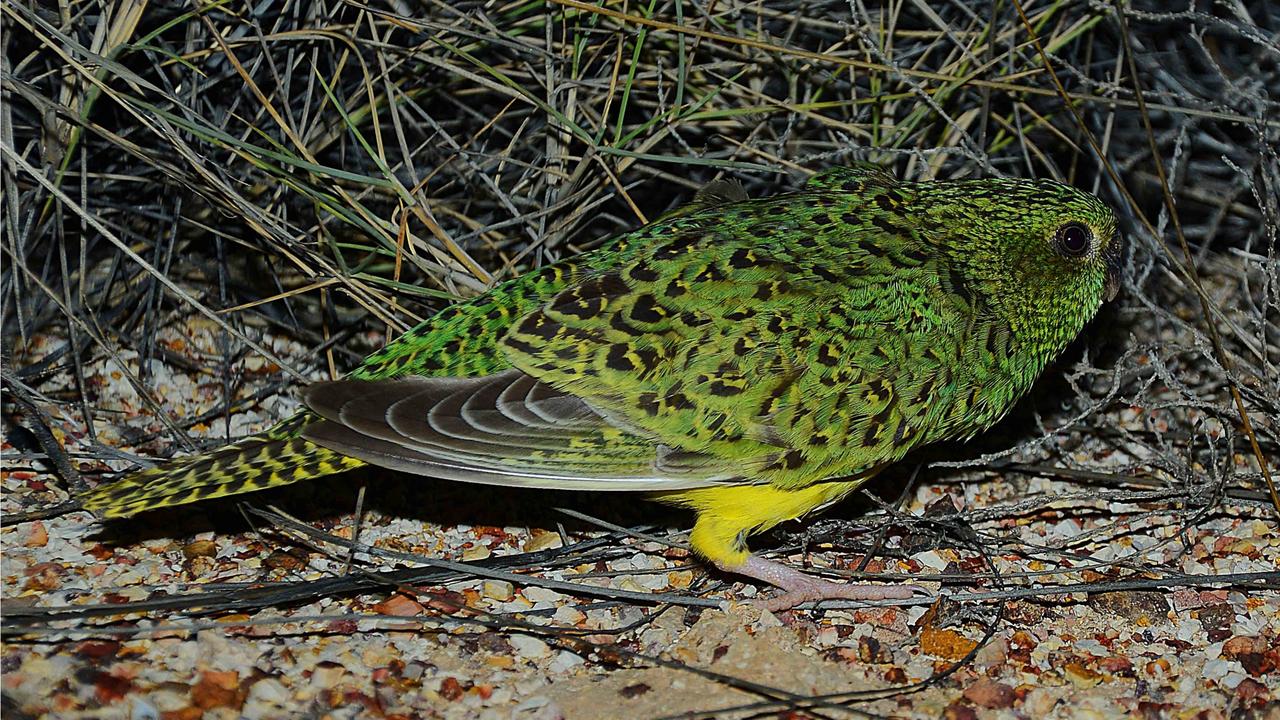Forget technology, our tallest trees yield their secrets only to the most agile
FOR a precise measure of our tallest trees, a long climb, an extendable stick and a 100m-plus tape measure are needed.
LASER technology has transformed the race to measure the world's tallest trees, but for precision a long climb, an extendable stick and a 100m-plus tape measure are needed.
Brett Mifsud and three-time Australian tree climbing champion Tom Greenwood have measured most of the world's tallest hardwood trees, found in Tasmania and Victoria.
Mr Greenwood uses a crossbow to shoot an arrow through the crown of the tree with a line attached to pull up a climbing rope. A special clamp allows the climbers to walk up the rope like stairs.
But once in the crown, more than 95m up, climbers must unhook from the main line and work their way to the top.
"You have to work your way up through the branches," Mr Greenwood says.
"Broken, decaying and rotten old branches, particularly in the dead tops, can be very fragile."
Today, the tallest trees are usually identified from the ground using a laser, but this can only be accurate to within 50cm.
"You have to climb to get an accurate measure," Mr Greenwood says. "If the top of the tree is alive you can get to within two to three metres of the top.
"We then use an extendable fibreglass pole like a fishing rod. A tape measure is put on the top and we poke it up to touch the top leaves and drop the tape down from there.
"For safety, if the top of the tree is dead, it is best to use a laser from the top of the tree to get an accurate measure."
The world's largest living hardwood tree, the mountain ash Centurion, was measured at exactly 100m tall when it was discovered in late 2008 in state forest in the Arve Valley near Geeveston, about 60km southwest of Hobart. Climbing yielded a precise height of 99.6m.
The tallest tree on the mainland, a 92.7m mountain ash near Kinglake in Victoria, stands as a towering skeleton in a boneyard of the giants following the Black Saturday bushfires of February 7, 2009.
"It brings tears to my eyes coming here," says Mr Mifsud, who discovered the tree, Wallaby Giant, 11 years ago.
But he says without fire there would be no mountain ash, the world's tallest flowering trees.
Fire is the cue for ancient stands of mountain ash to release a blizzard of seed from the crown and start the process of renewal.
"But we can't have another fire through here in less than 20 years or it will just wipe it out," says Kinglake ranger in charge Ion Maher. "The trees won't flower for 25 years, so there is no seed to propagate if these trees die."
At the Wallaby Creek reserve, part of Melbourne's water catchment and off limits to visitors for more than 120 years, a wall of 3m-high regrowth blankets the ground. What was a 300-year-old mountain ash forest now stands as a landscape of ghostly trunks soaring more than 80m.
Large strips of bark have shed, removing the tree's blackened outer shell, and lie like pathways through the regrowth.
Avoiding the falling bark is another element of luck in the process of natural selection that will over a century reduce an initial 250 seedlings per square metre to one with more than a square metre of room to breathe.
Already the race for the top has thinned the initial regrowth by about 50 per cent.
According to Mr Mifsud, a music teacher, Wallaby Giant, located on the edge of the mountain ash forest range, was lucky not to have fallen to the axe of an early settler.
"When the settlers arrived there were probably hundreds of trees in the high 90s and probably over 100m elsewhere in the Dandenongs," he said. "One was reliably measured at 114m."



